Refine search
Actions for selected content:
23990 results in Ancient history

The Greeks in Bactria and India
-
- Published online:
- 10 November 2010
- Print publication:
- 24 June 2010
- First published in:
- 1938

Die Staatshaushaltung der Athener
-
- Published online:
- 10 November 2010
- Print publication:
- 15 July 2010
- First published in:
- 1886

The History of Rome
-
- Published online:
- 10 November 2010
- Print publication:
- 08 April 2010
- First published in:
- 1866
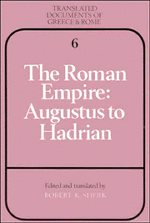
The Roman Empire: Augustus to Hadrian
-
- Published online:
- 10 November 2010
- Print publication:
- 14 July 1988
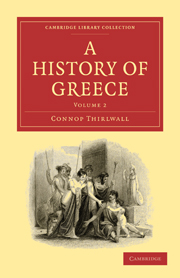
A History of Greece
-
- Published online:
- 05 October 2010
- Print publication:
- 27 May 2010
- First published in:
- 1836

La Cité Antique
- Étude sur le Culte, le Droit, les Institutions de la Grèce et de Rome
-
- Published online:
- 05 October 2010
- Print publication:
- 22 April 2010
- First published in:
- 1866

The History of Rome
-
- Published online:
- 05 October 2010
- Print publication:
- 08 April 2010
- First published in:
- 1862

A History of Greece
-
- Published online:
- 05 October 2010
- Print publication:
- 01 April 2010
- First published in:
- 1849

Aristoteles und Athen
-
- Published online:
- 05 October 2010
- Print publication:
- 15 July 2010
- First published in:
- 1893
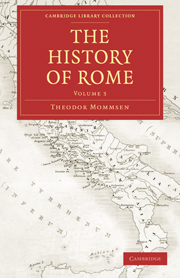
The History of Rome
-
- Published online:
- 05 October 2010
- Print publication:
- 08 April 2010
- First published in:
- 1863
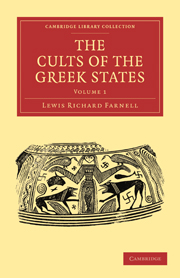
The Cults of the Greek States
-
- Published online:
- 05 October 2010
- Print publication:
- 15 July 2010
- First published in:
- 1896
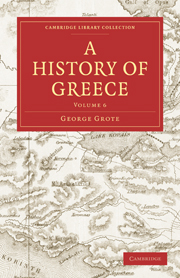
A History of Greece
-
- Published online:
- 05 October 2010
- Print publication:
- 01 April 2010
- First published in:
- 1849

A History of Greece
-
- Published online:
- 05 October 2010
- Print publication:
- 01 April 2010
- First published in:
- 1852
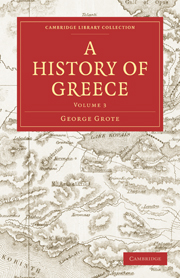
A History of Greece
-
- Published online:
- 05 October 2010
- Print publication:
- 01 April 2010
- First published in:
- 1847
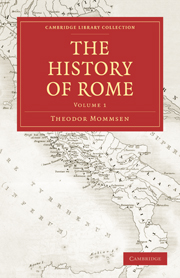
The History of Rome
-
- Published online:
- 05 October 2010
- Print publication:
- 08 April 2010
- First published in:
- 1862
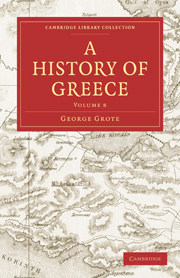
A History of Greece
-
- Published online:
- 05 October 2010
- Print publication:
- 01 April 2010
- First published in:
- 1850
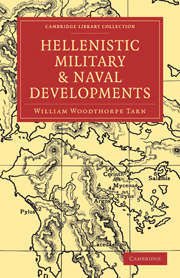
Hellenistic Military and Naval Developments
-
- Published online:
- 05 October 2010
- Print publication:
- 17 June 2010
- First published in:
- 1930
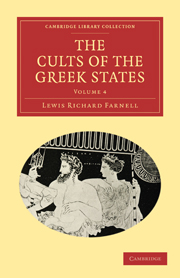
The Cults of the Greek States
-
- Published online:
- 05 October 2010
- Print publication:
- 15 July 2010
- First published in:
- 1907
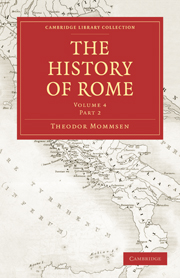
The History of Rome
-
- Published online:
- 07 September 2010
- Print publication:
- 08 April 2010
- First published in:
- 1866
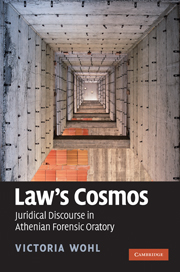
Law's Cosmos
- Juridical Discourse in Athenian Forensic Oratory
-
- Published online:
- 07 September 2010
- Print publication:
- 07 January 2010
